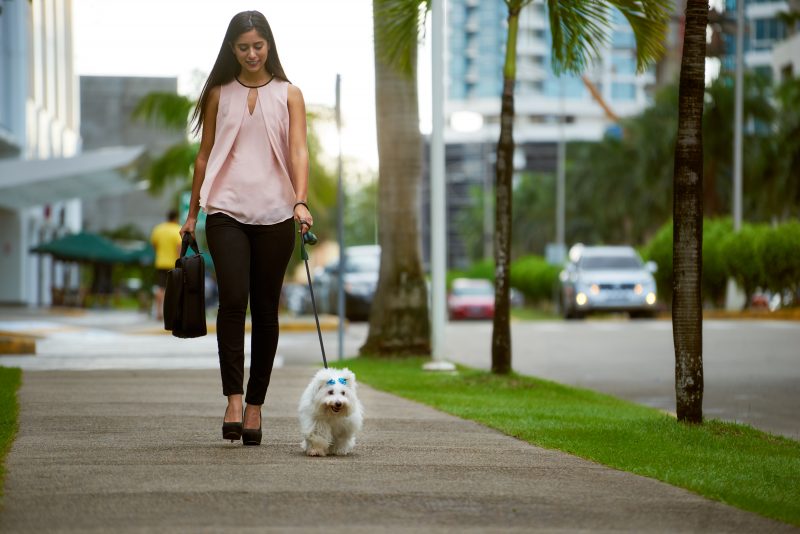Bringing a new puppy home is an exciting milestone, but it also comes with responsibility. Puppies are curious, energetic, and ready to learn from the moment they arrive. As a new dog owner, laying the groundwork early through basic dog training is one of the most important investments you can make in your dog’s lifelong behavior.
Whether it’s teaching your puppy to sit, walk on a leash, or understand boundaries, consistent and positive training during those early weeks sets the tone for everything that follows. Let’s explore essential puppy training tips that every new owner should know to raise a happy, well-mannered companion.
Why Early Puppy Training Matters
Puppyhood is a critical learning period. The first 4 to 6 months of a dog’s life are when they are most receptive to new experiences and routines. Habits—good or bad—are formed quickly during this time, making it the perfect opportunity to begin instilling obedience and structure.
When done correctly, early training helps:
- Reduce unwanted behaviors like biting, barking, and jumping
- Strengthen communication between you and your puppy
- Build confidence in unfamiliar environments
- Improve socialization with people and other animals
Establishing rules from the start helps prevent confusion and anxiety down the road.
Create a Routine and Stick to It
Puppies thrive on routine. Regular feeding times, potty breaks, nap schedules, and training sessions help your puppy know what to expect. This predictability promotes calmness and cooperation.
Start small. Even five-minute training sessions two to three times per day can produce meaningful results. Keep training light, fun, and positive to prevent your puppy from feeling overwhelmed.
Start With the Basics
Before jumping into advanced commands, it’s crucial to focus on foundational skills. These basic dog training cues form the building blocks for a well-behaved dog.
1. Name Recognition
This is the first thing your puppy should learn. Saying their name should get their attention and signal that something is about to happen—whether it’s a command, praise, or a treat.
Tip: Say your puppy’s name in a cheerful tone and reward them the moment they make eye contact.
2. Sit
A reliable “sit” cue helps calm your puppy in moments of excitement and is often the gateway to other commands.
How to teach: Hold a treat above your puppy’s nose and slowly move it back over their head. As their head tilts up, their bottom will naturally go down. Once they sit, say “sit” and reward.
3. Come
Teaching your puppy to come when called is vital for safety and trust.
Tip: Use a happy voice and call your puppy while crouching down. When they approach you, reward them with treats or praise. Avoid using the cue to call them for something unpleasant (like bath time).
4. Stay
“Stay” is a helpful command for impulse control and managing energy.
How to teach: Ask your puppy to sit, then hold your hand up like a stop sign and say “stay.” Take one step back, wait a few seconds, return, and reward. Gradually increase distance and duration as your puppy improves.
Socialization Is Just as Important
Puppy training is about social experiences. Introduce your puppy to a variety of people, dogs, sounds, and environments. This helps reduce fear and reactivity later in life.
Positive socialization opportunities may include:
- Walks around the neighborhood
- Controlled puppy playdates
- Visits to dog-friendly stores
- Exposure to household sounds (vacuum, doorbell, etc.)
Avoid Common Training Mistakes
Even the most well-meaning owners can fall into some common traps during early puppy training:
- Inconsistency: If one day you allow your puppy on the couch and the next day you don’t, confusion sets in. Stick to clear rules.
- Overuse of commands: Repeating a command multiple times can lead your puppy to ignore it. Give the cue once, and if your puppy doesn’t respond, reset and try again.
- Punishment-based corrections: Negative reinforcement may suppress a behavior temporarily, but it doesn’t teach your puppy what to do instead. Positive reinforcement leads to better long-term outcomes.
Choosing the Right Training Support
Not all dog training advice is created equal. Every puppy has a different personality, learning pace, and comfort level. When you need help, partnering with a trusted trainer can provide personalized strategies that fit your dog’s needs and your lifestyle.
Professional trainers help you avoid frustration, fast-track progress, and provide long-term tools for success.
Final Thoughts
Puppy training is a journey, not a destination. Every session, whether it’s teaching a new cue, introducing a new sound, or simply reinforcing good manners, plays a role in shaping your puppy into a calm, responsive, and confident adult dog.
By focusing on basic dog training techniques like sit, come, and stay, and staying consistent with your routine, you’ll be well on your way to raising a well-behaved companion. Combine that with patient puppy training and positive socialization, and you’ll enjoy a lifetime of good behavior and joyful walks together.
Remember, it’s never about being perfect—it’s about building trust, communication, and mutual respect. And when in doubt, working with a trusted trainer can make all the difference.


